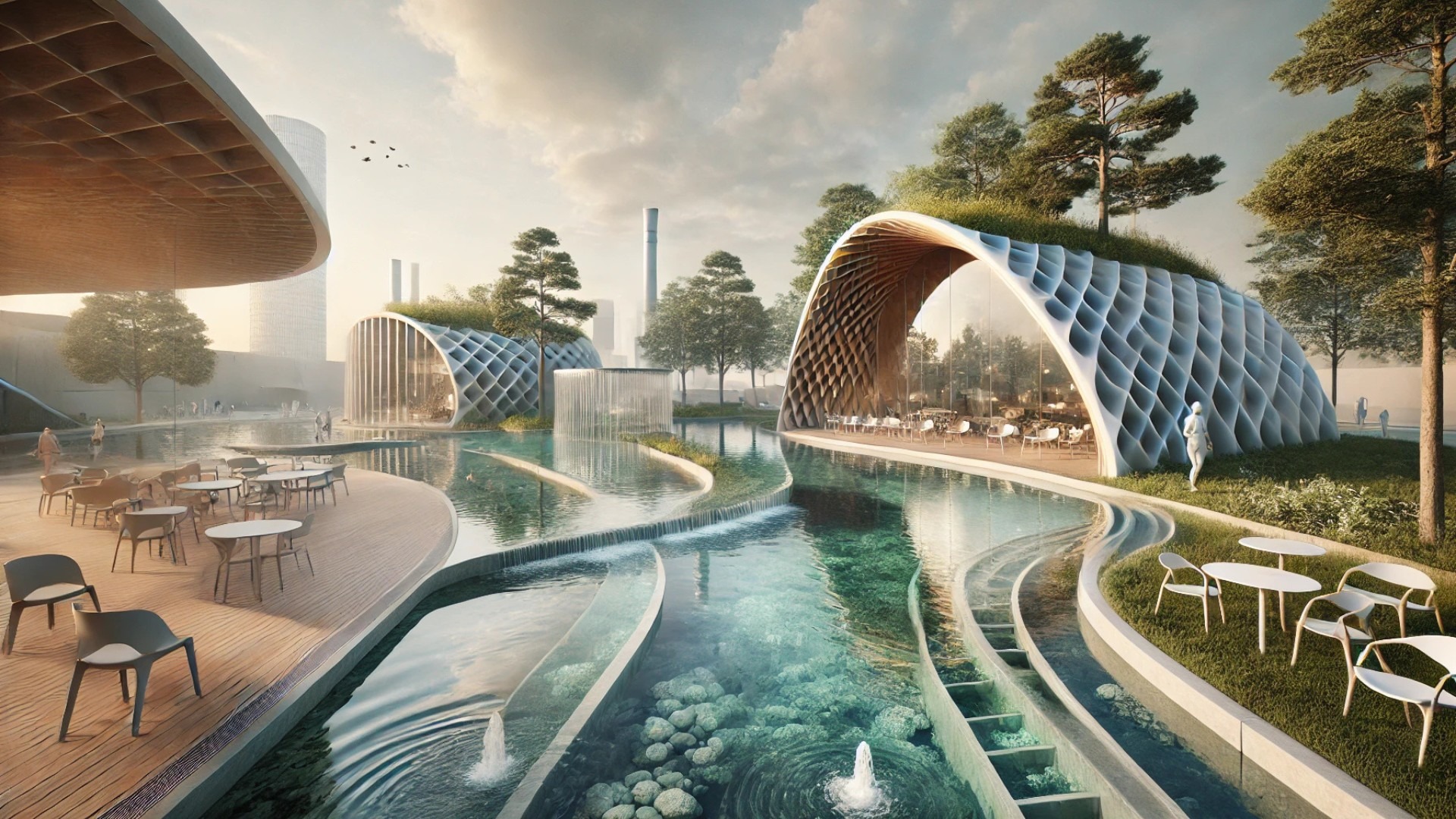
Reimagining Architecture Through Water
The 2025 Venice Architecture Biennale set the stage for an inspiring initiative, "Water Parliaments: Projective Ecosocial Architectures," directed by the talented trio Eva Franch i Gilabert, Mireia Luzárraga, and Alejandro Muiño. The project dives deep into the critical issue of our water crisis, framing it as not just an environmental dilemma, but a cultural and political one. By bringing together the waters of various regions including Lleida, Girona, Tarragona, and Barcelona, the project aims to highlight the myriad ways water interacts with architecture, society, and ecology.
Understanding Water as Architecture
The curatorial team champions the idea that all architecture is inherently tied to water. This perspective encourages us to rethink the relationships we have with our built environments, emphasizing water's role not merely as a resource to be managed, but as a living participant in our architectural narratives. "Water is not just a physical element; it resonates as a political and social force, invoking critical conversations around governance and collaborative action," says Franch i Gilabert.
Cross-Disciplinary Approaches to Water Management
The initiative cleverly intertwines diverse disciplines—architecture, politics, and ecology—to cultivate a forward-looking approach to water management. Luzárraga notes, "Our goal is to inspire a collective reflection on how our societies interact with water. It's a conversation that needs more voices, more perspectives." By inviting contributions from artists, scientists, and the public, the project endeavors to expand our understanding of water governance, making it a community-focused endeavor.
Local vs. Global Perspectives
What makes this initiative particularly poignant is its balance of local needs and global challenges. For instance, areas like the Balearic Islands face unique water scarcity issues, while urban centers like Barcelona experience significant water management hurdles. This juxtaposition serves as a reminder that architectural conversations must reflect both local contexts and global phenomena. The Pavilion is not merely a display; it’s a platform for discussing urgent issues that affect people around the world.
Future Predictions and Opportunities
As Franch i Gilabert, Luzárraga, and Muiño explore customary and vernacular forms of architecture, we are prompted to consider future scenarios where architecture can serve as a mediator between humanity and nature. How might we reshape our cities to harmonize with natural water cycles? How can modern architecture integrate water sustainably? The Pavilion poses these questions, urging us to envision built environments that respect and elevate water as a vital component of urban life.
Take Action for Water Awareness
As we reflect on these insights from Catalonia's Pavilion, it becomes clear that the relationship between architecture and water is paramount. Engaging in conversations about water governance can foster community action and lead to innovative solutions in our built environments. While the Pavilion's first step is to create awareness, the next comes from us—which strategies can we implement in our communities to ensure sustainable water practices?
 Add Row
Add Row  Add
Add 




Write A Comment